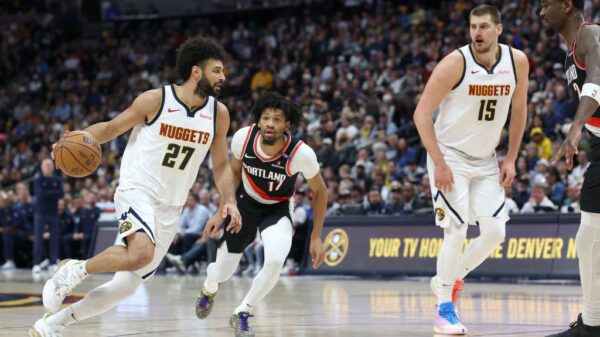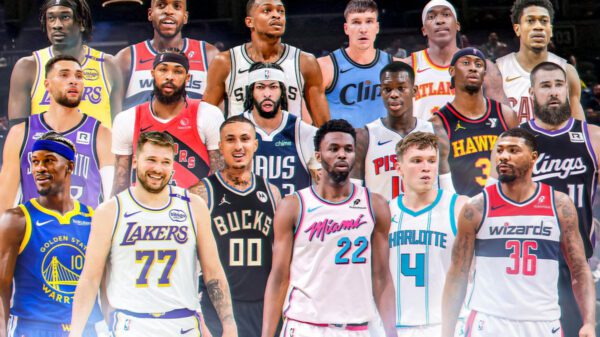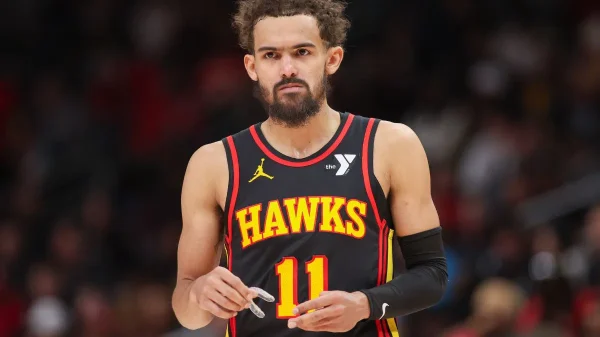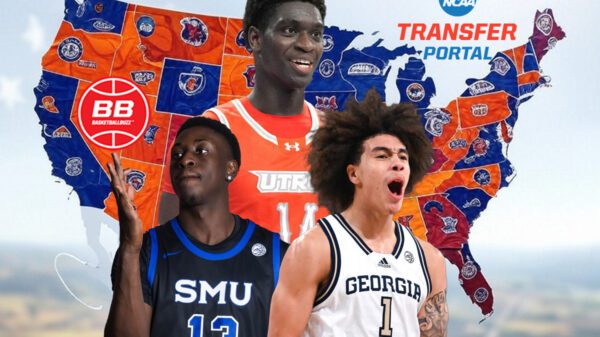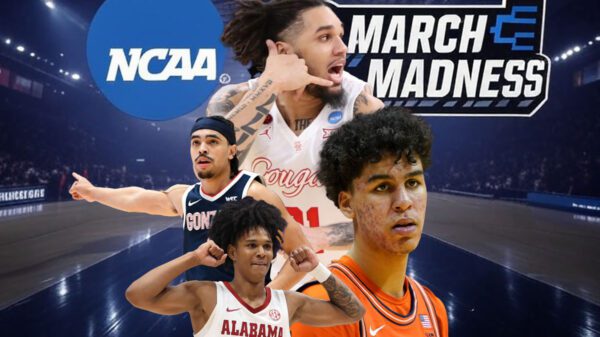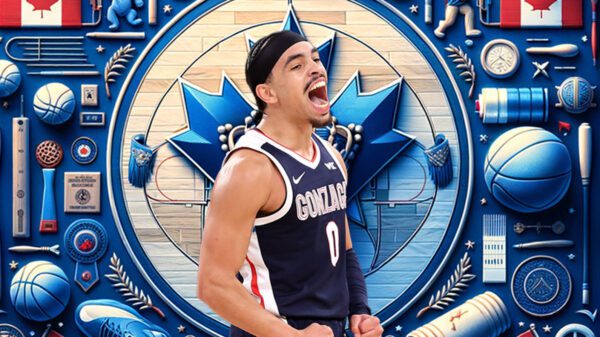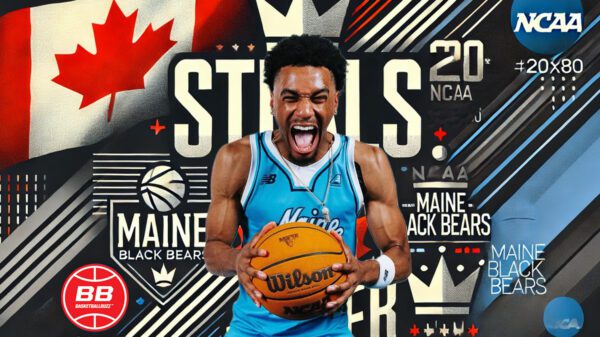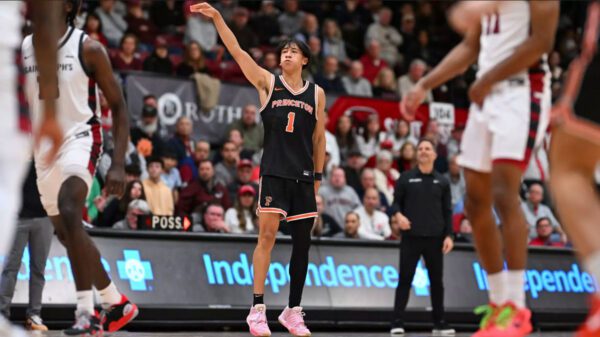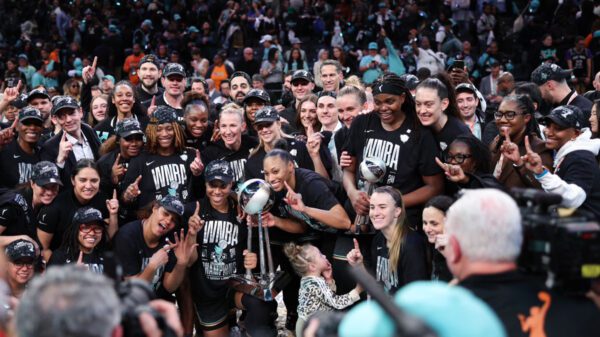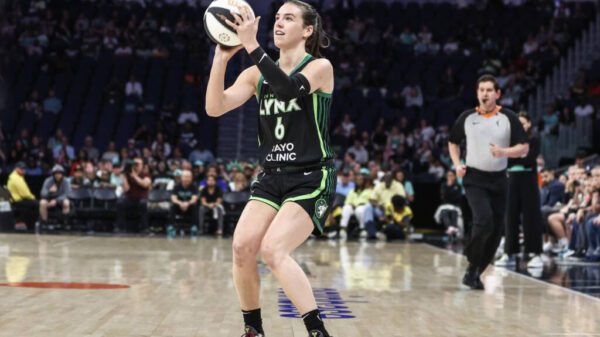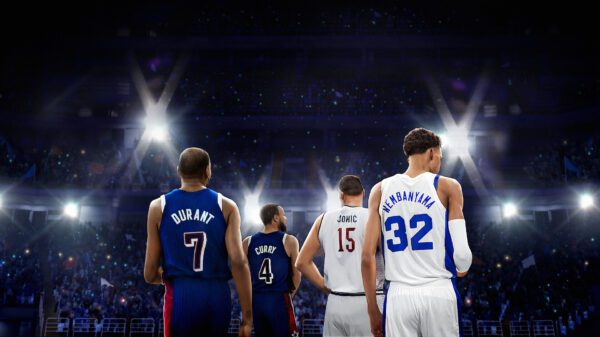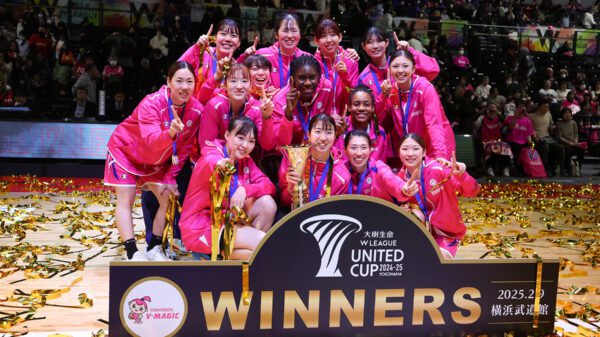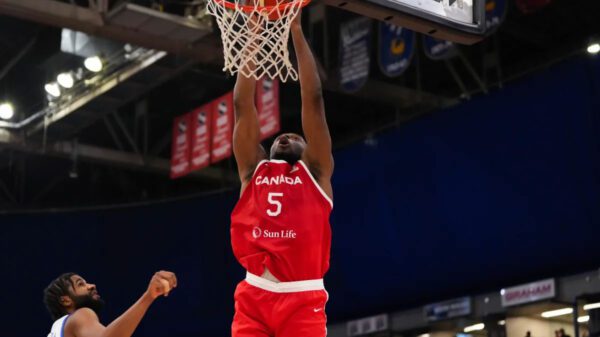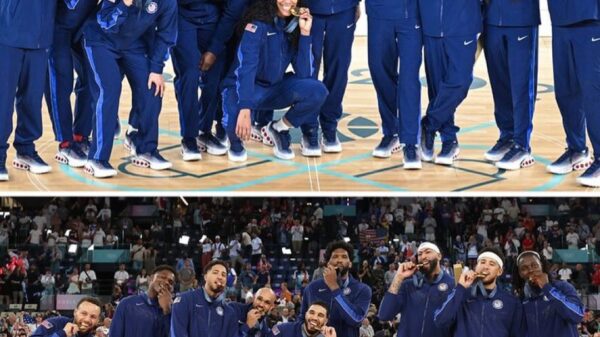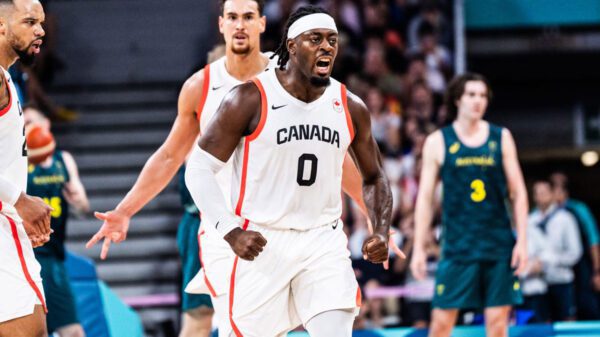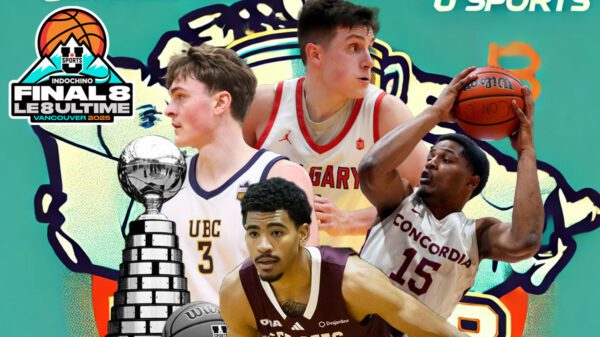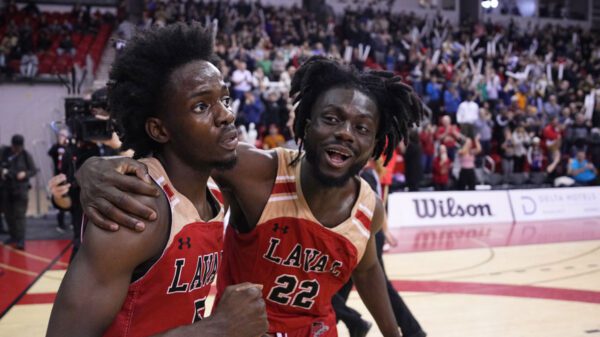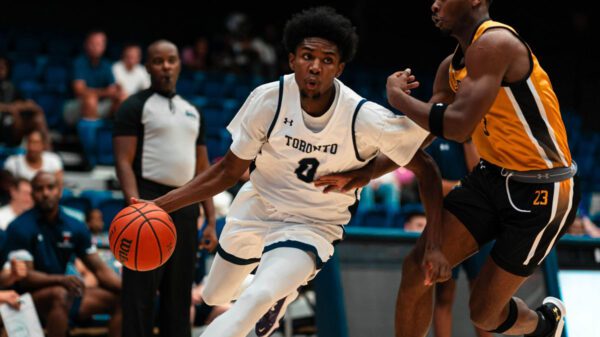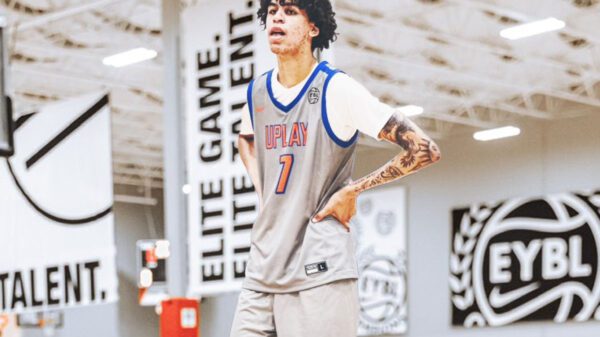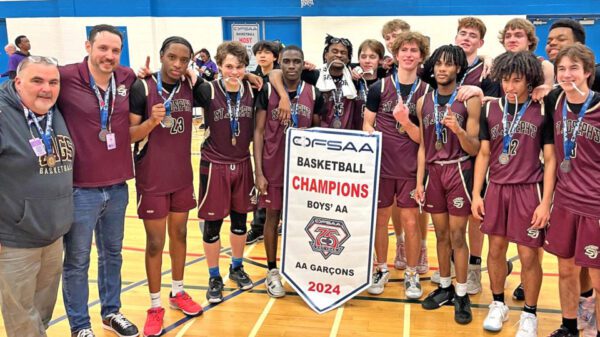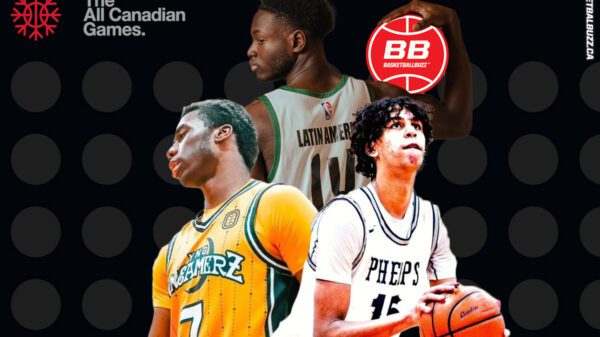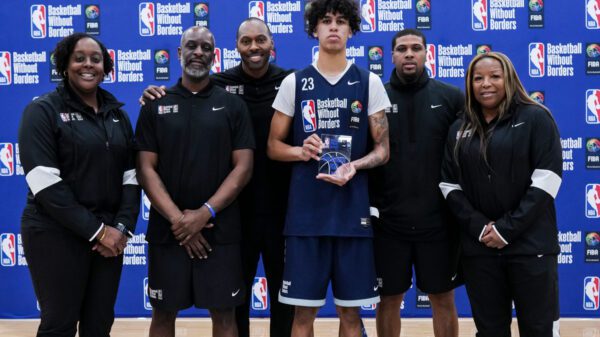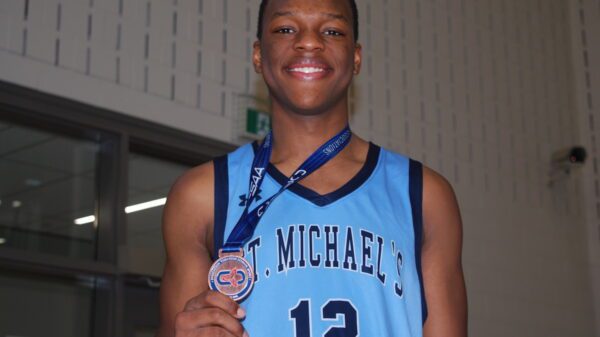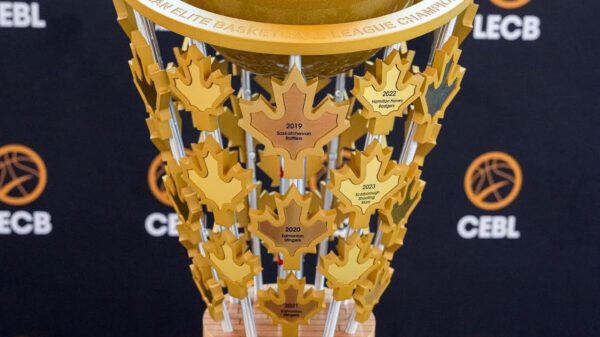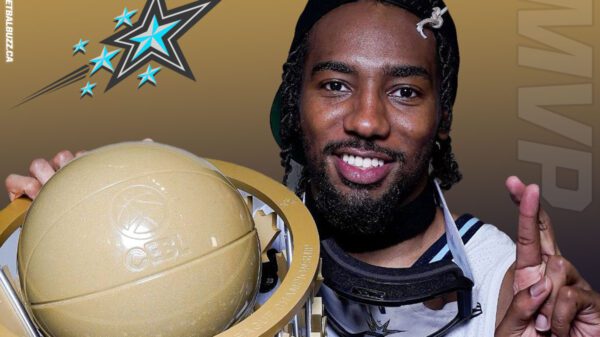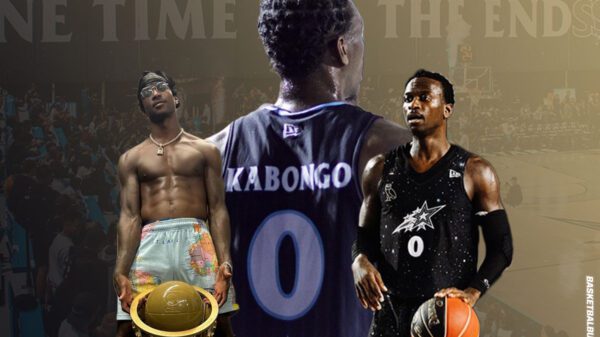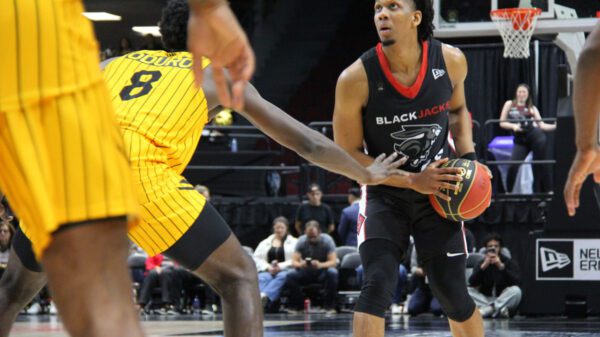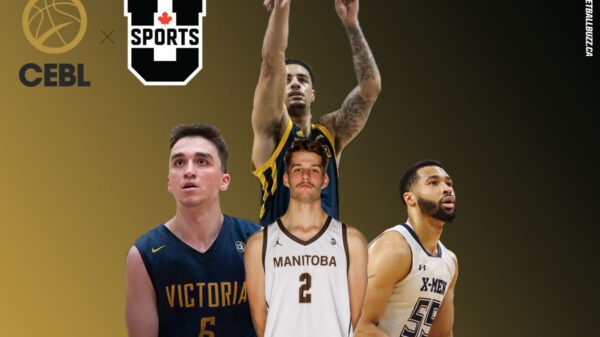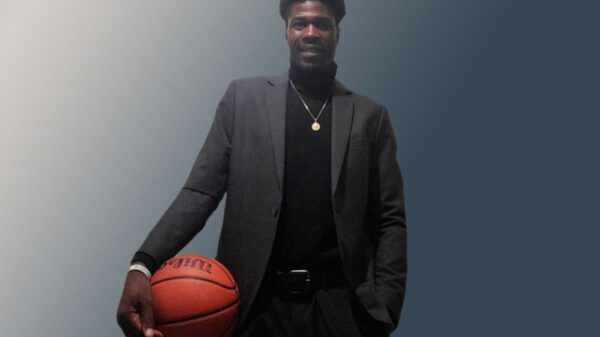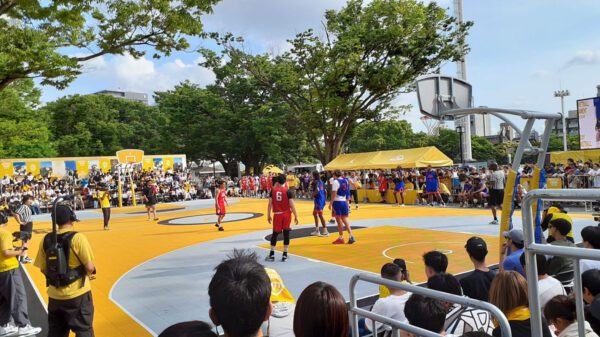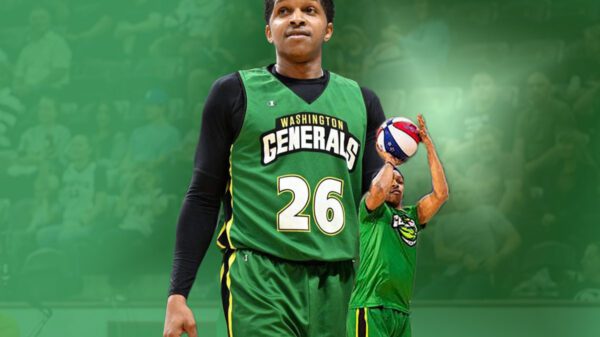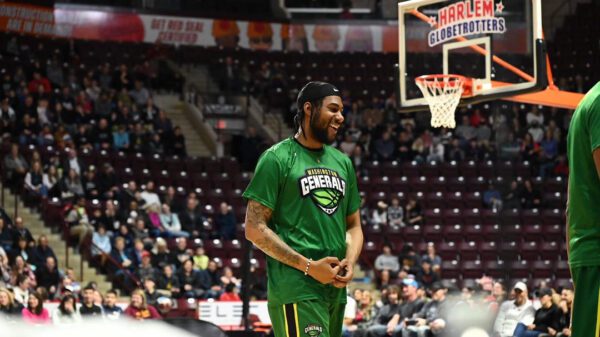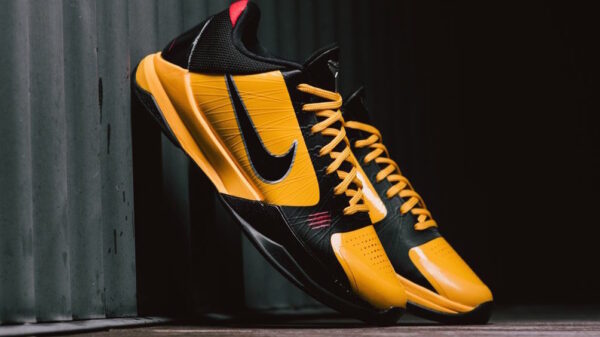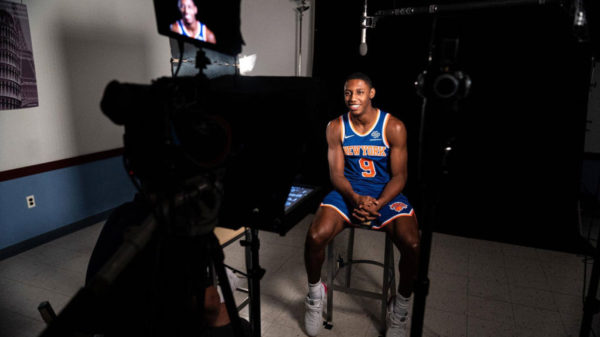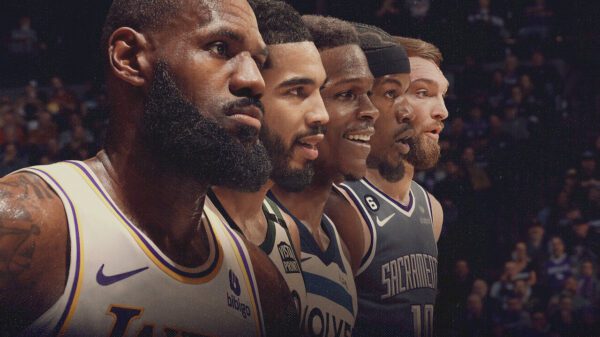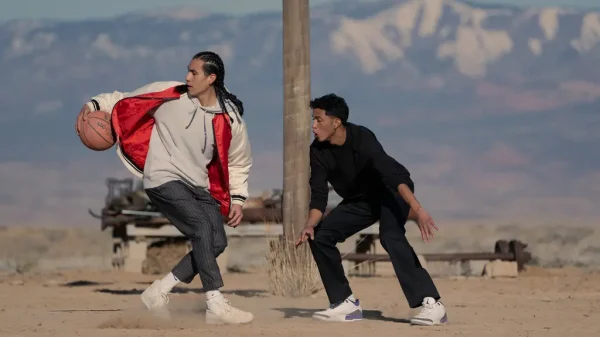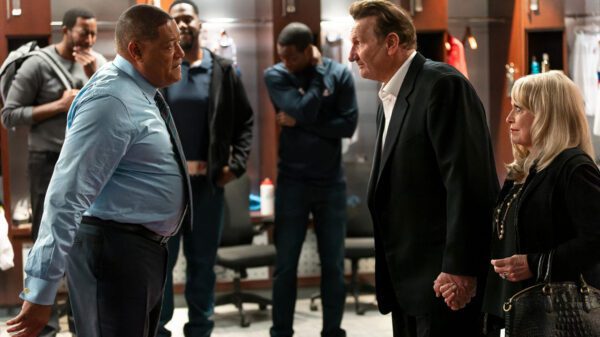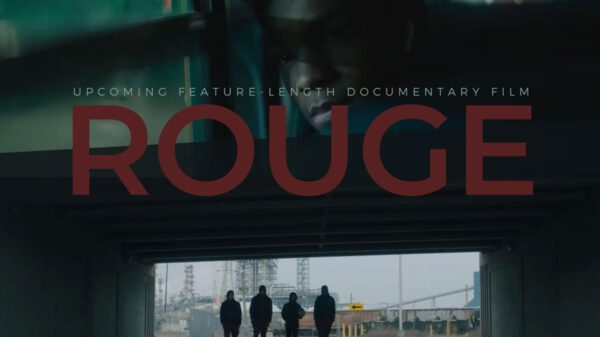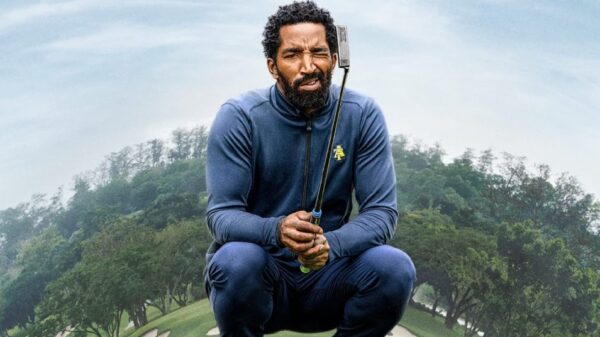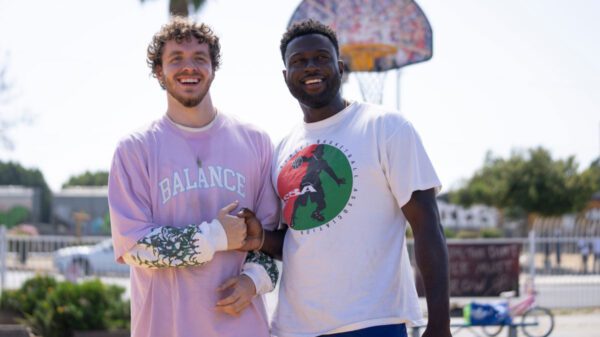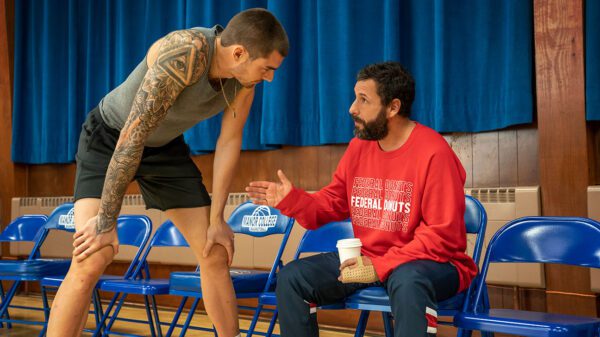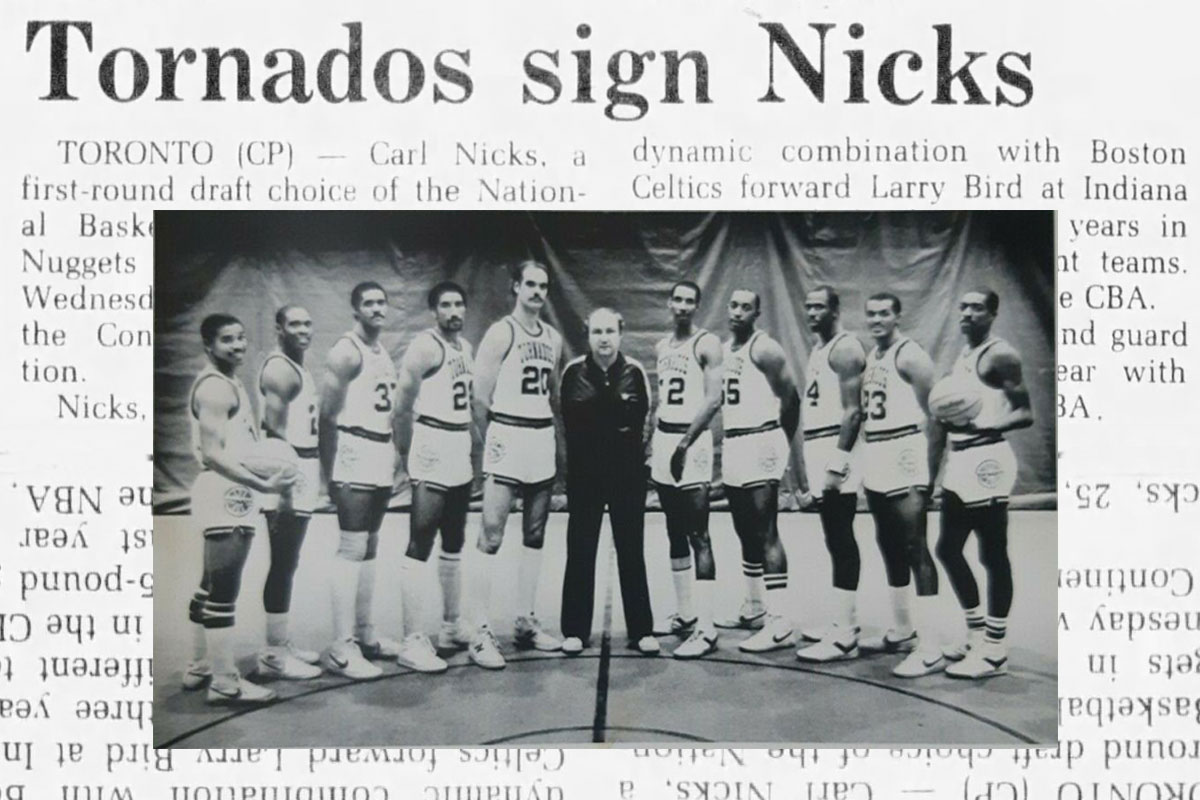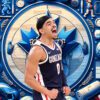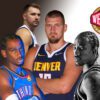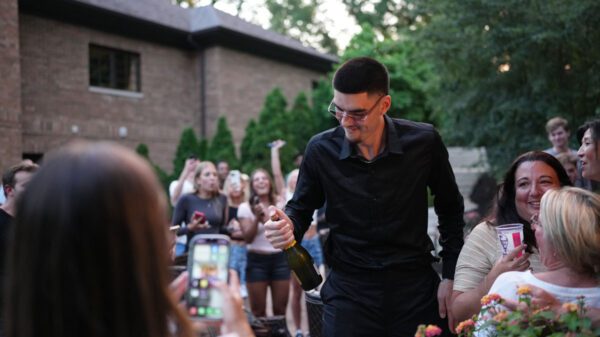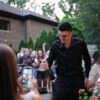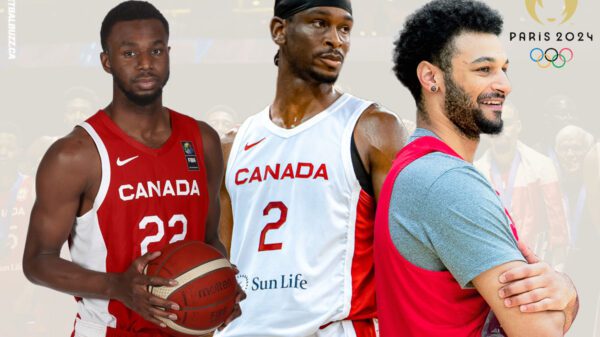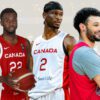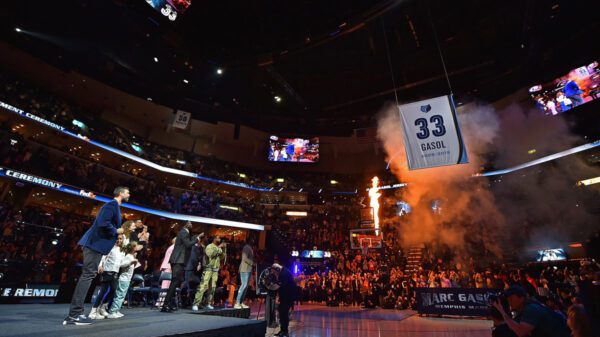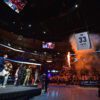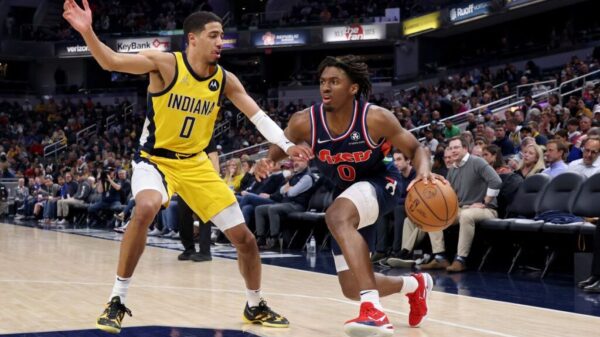Phoenix, Arizona: With Eddie Johnson to my right and Carl Nicks to my left, there I sat at the table munching on a delicious pulled pork bun sandwich this past Sunday.
Pausing, I queried if either man would like to be interviewed about the development of Canadian basketball during the last few decades.
Johnson, standing up and brushing off his well-manicured suit, quipped, “I thought they only curled in Canada?”
The former 1989 NBA Sixth Man of the Year Award recipient was now heading out of the media room. In about 20 minutes, he would be going live in the role of television colour commentator for the Phoenix Suns who would be tipping off against the visiting Memphis Grizzlies.
Nicks shook his head and replied, “I really couldn’t talk much about that.”
I let out a quiet sigh.
I was on a family weekend golf getaway to Phoenix, Arizona and arrangements to interview Mississauga, Ontario native Dillion Brooks, a sixth-year small forward and shooting guard with the Grizzlies, had fallen through.
I needed that Canadian angle for basketballbuzz.ca.
“But I will tell you that playing (basketball) in Canada was my best time ever,” responded Nicks…coming to the rescue.
In town scouting for the Indiana Pacers, Nicks, nicknamed “Mr. Intensity”, first came to our basketball attention in 1978-79 as an integral part of the Larry Bird Indiana State team that lost out in the NCAA final to Magic Johnson and the Michigan State Spartans 75-64.
A Spartans team that also featured Canadians’ Don and Mike Brkovich.
Nicks would go on to play three years in the NBA with the Denver Nuggets, Utah Jazz and Cleveland Cavaliers (1980-83) before finishing his playing days with the French professional club team ASPO Tours in 1989.
In-between, he spent a year in the Continental Basketball Association with the Toronto Tornados in 1983-1984.
“First of all, I want to say that I really enjoyed playing in the CBA developmental league as it helped you develop your game and you were around some great guys that had the same goals,” reminisced Nicks of the Tornados roster which also featured 7-foot Canadian Jim Zoet.

“My time in Toronto, Canada was one of the best times I had in my life. It was fun. It was a great city and great people and I will never forget it.
“I was about 24 or 25. When it got cold, we stayed in and played music. I grew up on the south side of Chicago where it was cold but in Toronto it was a different kind of cold.”
Even at Varsity Arena home court it was cold.
“At the beginning of the game it’s hard to shoot,” Nicks was quoted back in 1985. “You’re too stiff from the cold. Especially after sitting on the bench where you can wear your sweats. They used to have heaters for us by the bench. That was good but they took those away.”
The tornados finished last in their division in 1983-84 with a 16-28 record while averaging over 1,200 fans at Varsity Arena.
“The fans were good,” recalls Nicks. “In my mind it was an experience for them as hockey was the big thing. They were nice and supportive but we just didn’t stay long enough.”
Standing 6-foot-3, Nicks led Toronto in scoring with 24.25 points per game while averaging 38 minutes in 44 starts. He also led the team in steals with 131.
With only 162 season tickets sold, the decision was made to move the franchise to Pensacola, Florida in December 1985.
It would be 10 years later that the Toronto Raptors joined the NBA ranks.
“In my mind Toronto is a major sport city so it was easy to see that coming.”
It was during his cup of coffee in Toronto, that Canadian players finally grabbed centre attention in the 1983 NBA Draft: Leo Rautins, Philadelphia, 17th; Stewart Granger, Cleveland Cavaliers, 24th, Ron Crevier, Chicago Bulls, 75th; Tony Simms, New York Knicks, 128th and Gerald Kazanowski, Utah Jazz at 146th.
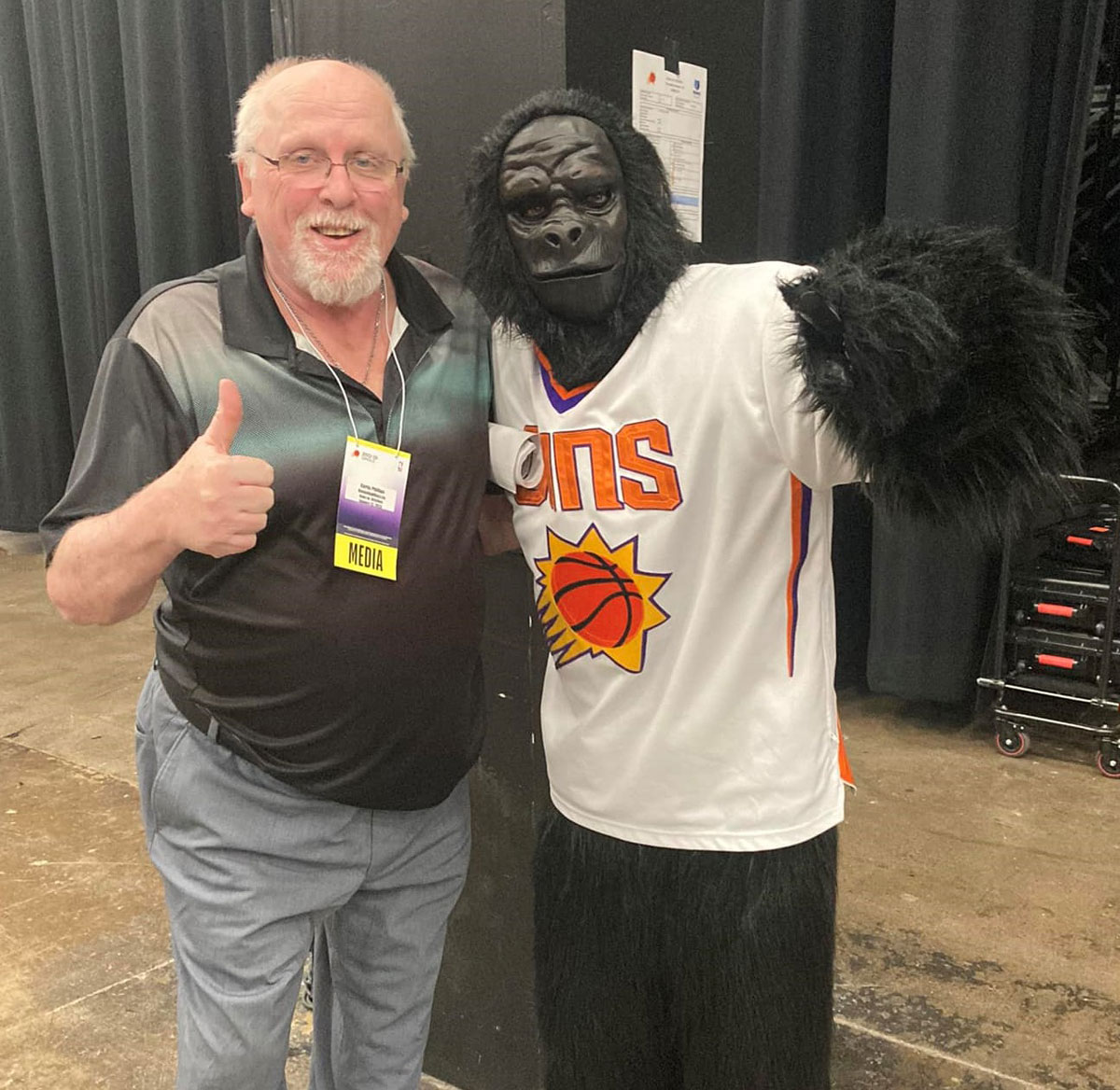
Prior to 1983, only 19 Canadians had had the distinction of having their name called in the NBA Draft.
Nicks agreed that some Canadian talent may have been overlooked during those years.
“Scouting nowadays is not like it was back then. It is highly technical and there is better exposure to players. Back in the day there was only probably one scout covering the whole country and lots of stuff… so it is possible you are going to miss a lot of good players.”
Of Canada’s national team he surmised: “They are good and they compete at high level. A few years ago I was wondering, “Where are all these guys coming from in Canada?” They are producing. But the most important thing is that a lot of them are really nice dudes. We have a few of them on our team (Indiana Pacers) roster (Oshae Brissett, Chris Duarte, Bennedict Mathurin, and Andrew Nembhard). ”



